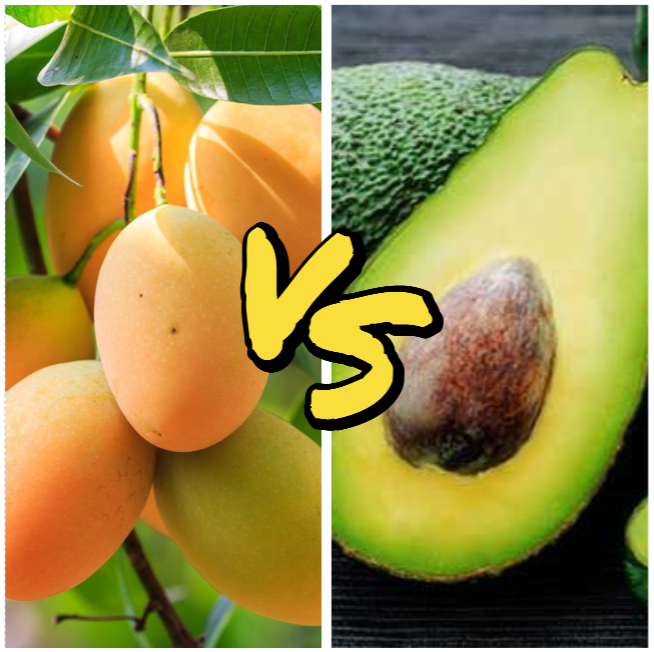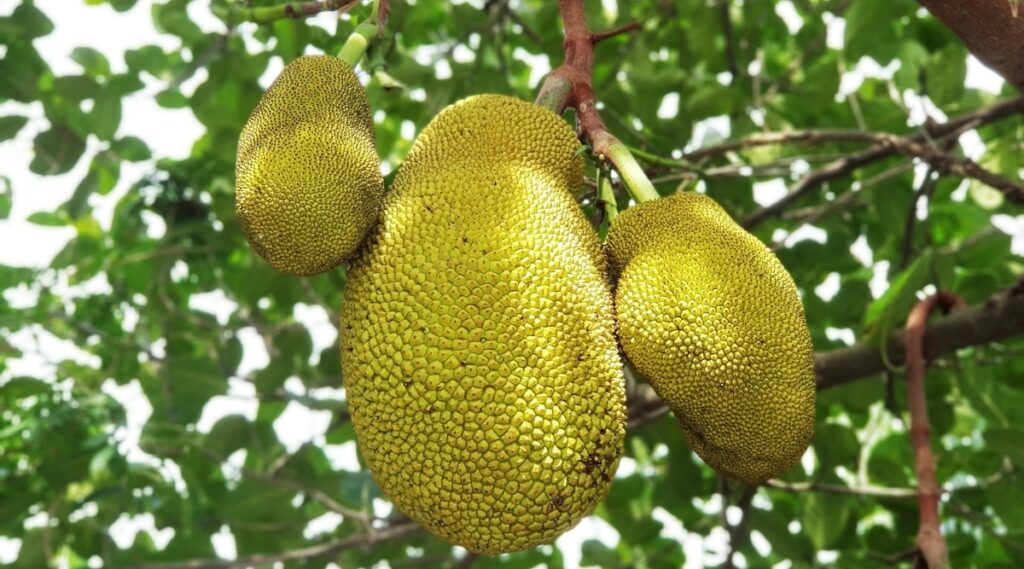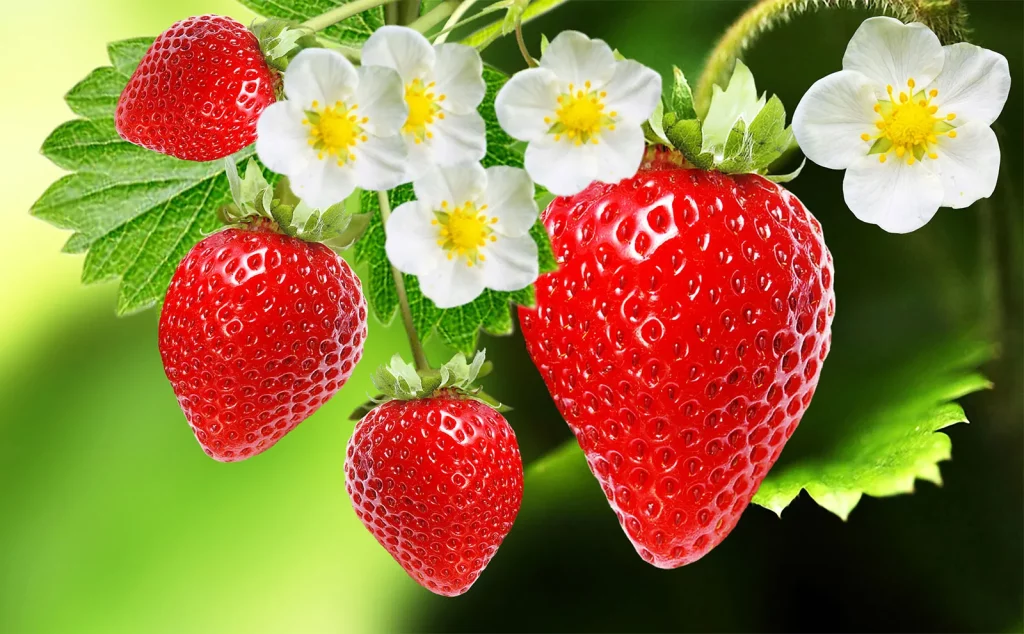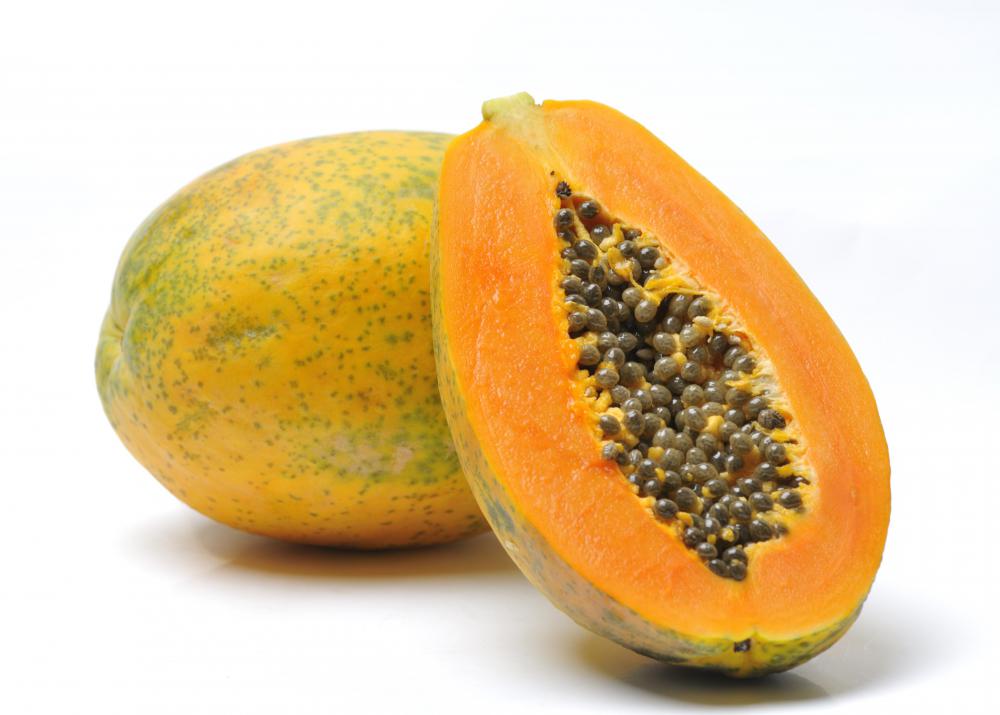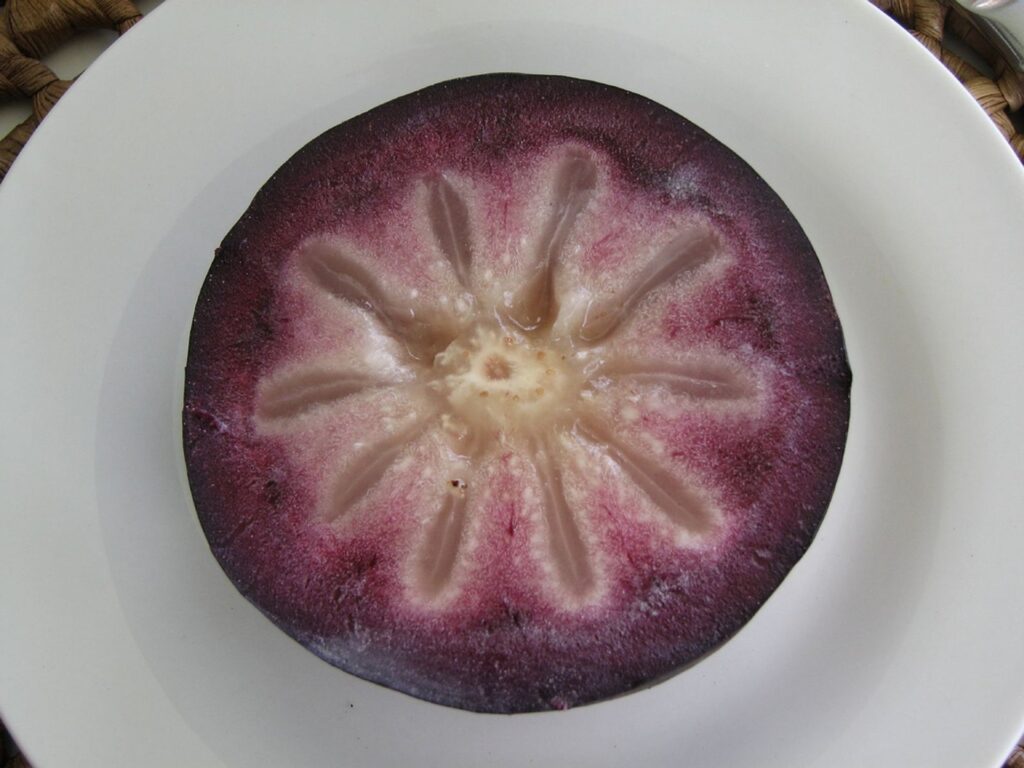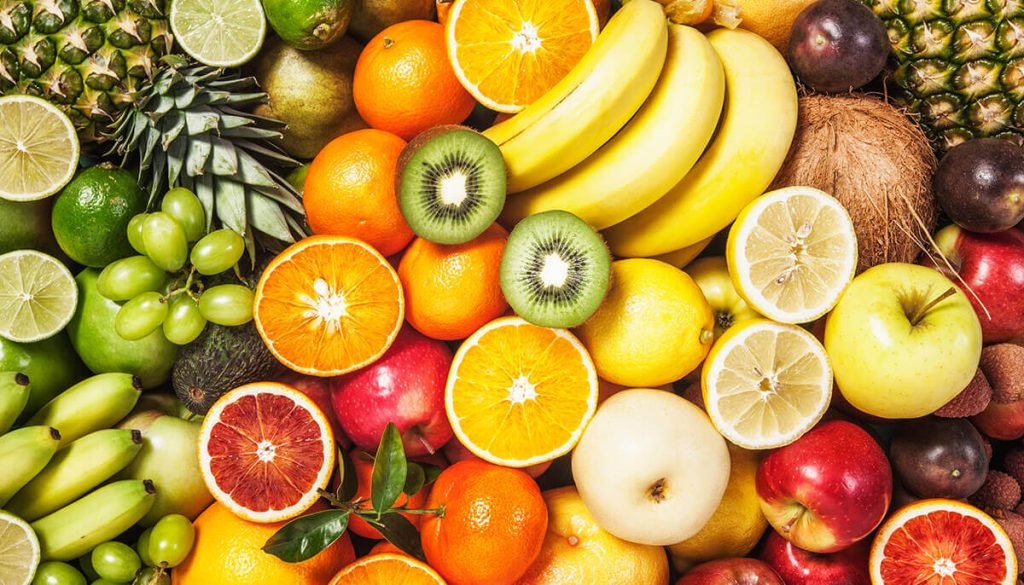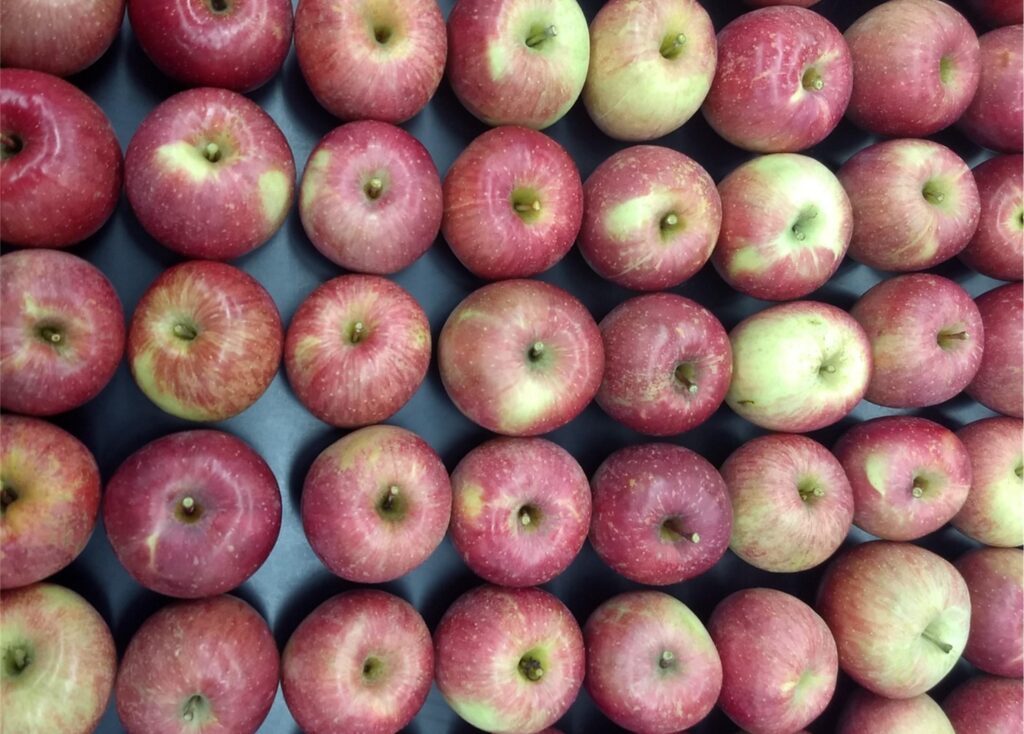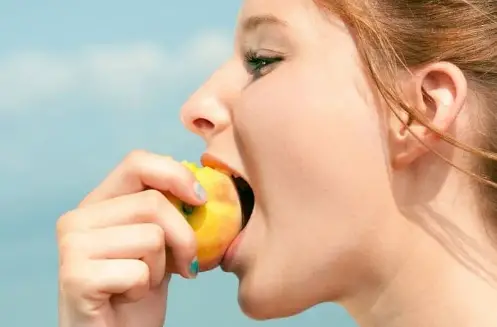Bananas are popular fruit all around the world, and they’re easily recognized by their bright yellow color when ripe. You might be curious about what makes bananas yellow.
Let’s dive into the science behind how bananas change color from green to yellow as they become ripe and learn about the different things that affect their color.
Table of Contents
- Why Chlorophyll Matters
- Turning Yellow: The Ripening Story
- The Power of Carotenoids
- How Ethylene Gas Helps Bananas Ripen
- How the Environment Affects Banana Color
- Why Ripeness Is Important
- In Conclusion
- Common Questions About Bananas
- Can bananas turn yellow without ripening?
- Do bananas continue to ripen after they turn yellow?
- Are green bananas less nutritious than yellow bananas?
Why Chlorophyll Matters
First, let’s talk about chlorophyll. This is the green stuff in plants that helps them use sunlight to make food.
In young bananas, there’s a lot of chlorophyll, which covers up the other colors in the fruit.
Turning Yellow: The Ripening Story
As bananas get ripe, many changes happen inside them.
One big change is that the chlorophyll starts to break down thanks to enzymes in the banana. This means less green, allowing other pigments to shine through and turn the banana yellow.
The Power of Carotenoids
Carotenoids are pigments in plants that can be yellow, orange, or red. In bananas, a kind called beta-carotene makes them yellow. So when the green of chlorophyll fades away, the yellow of beta-carotene stands out, and you get yellow bananas.
How Ethylene Gas Helps Bananas Ripen
Ripe bananas give off a gas called ethylene, which tells the banana to keep getting ripe. This gas speeds up the loss of chlorophyll and helps build up the carotenoids, which makes the banana even more yellow.
How the Environment Affects Banana Color
Where and how bananas grow and are stored also matters to their ripening and color.
Things like the heat, wetness, and light around them can change how fast bananas ripen. They are often kept in special conditions to make sure they ripen just right and don’t go bad too soon.
Why Ripeness Is Important
How ripe a banana is changes more than its color.
Green bananas are more like starch and taste less sweet. As they yellow, they become sweeter and softer. Also, yellow ripe bananas have more healthy stuff like antioxidants.
In Conclusion
Bananas turn yellow in a neat way, with the chlorophyll going away and the carotenoids like beta-carotene showing up. Ethylene gas also helps bananas ripen and change color.
When you understand why bananas change color, it can make this tasty fruit even more interesting to eat!
Common Questions About Bananas
Can bananas turn yellow without ripening?
No, bananas can’t become yellow unless they ripen. Green bananas need to break down their chlorophyll and make carotenoids to change color.
Do bananas continue to ripen after they turn yellow?
Yes, bananas keep ripening after turning yellow, getting softer and even sweeter. But if they ripen too much, they can get brown spots and get mushy.
Are green bananas less nutritious than yellow bananas?
Green and yellow bananas have different nutrients. Green ones have more starch that doesn’t digest fast, while yellow bananas have more sugars and antioxidants. They’re both good for you in different ways, depending on what your body needs.
